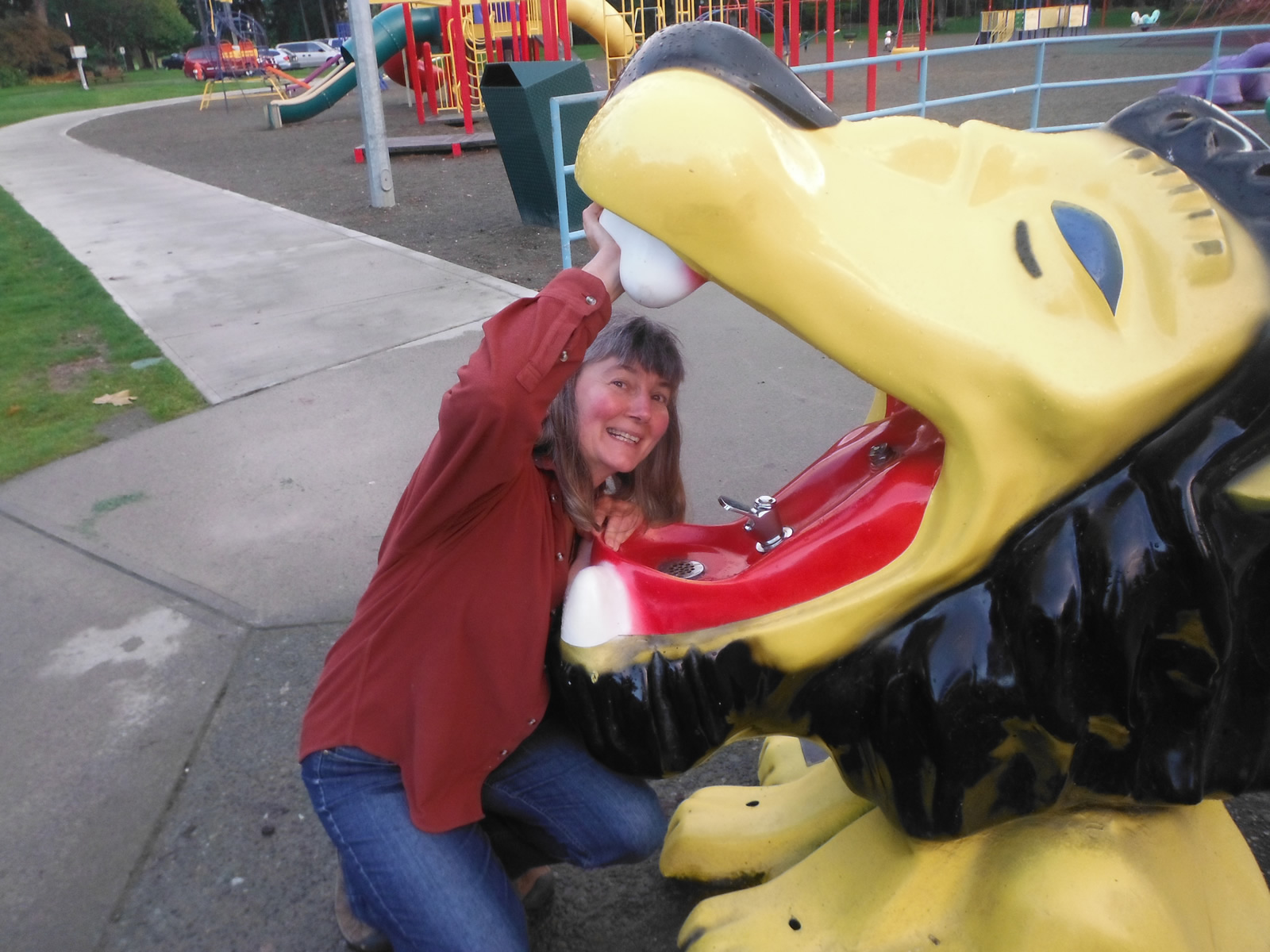
Location – ABEABC Conference[/caption]Last week really proved the value and benefits of co-facilitation! Sylvia Currie and I had been invited to share what FLO (Facilitating Learning Online) was all about with a group of adult basic education instructors at their annual conference in Harrison Hot Springs. Normally I would have hesitated to take on something like the conference session while I was in the middle (Week 3!) of a FLO workshop. But I was able to plan ahead with my co-facilitator Beth Cougler-Blom and she covered my absence during the 3 days I was in Harrison. And my previous co-facilitation of FLO with Sylvia Currie meant that our planning went smoothly and I knew we’d work well together during the conference session.
The Adult Basic Education Association of BC (ABEABC) formed in 1979 and today, 37 years later, is run by an amazing group of committed, knowledgeable adult basic education and literacy instructors. The organizer of this year’s conference was Leonne Beebe, currently an ABE-Math instructor at University of Fraser Valley and an FLO-FDO facilitator (Facilitating Learning Online-Facilitator Development Online)
 Leonne invited us to the conference as she knew that many of the topics that we deal with throughout the five week FLO workshop are relevant in adult basic education contexts. We selected three important topics to focus our 90 minute session on Thursday afternoon (April 21):
Leonne invited us to the conference as she knew that many of the topics that we deal with throughout the five week FLO workshop are relevant in adult basic education contexts. We selected three important topics to focus our 90 minute session on Thursday afternoon (April 21):
- workload management,
- assessment approaches, and
- responsive facilitation.
We began with a brief explanation and illustration of FLO’s weekly themes and topics and tried to convey the sense of community that we try to develop and the emphasis on participation and reflective practice the workshop offers.
 Sylvia and I tried a “string” of micro-structures drawn from Liberating Structures menu (http://www.liberatingstructures.com/ls) to engage the ABEABC audience members in sharing and analysis of elements of student success and instructor challenges in online ABE courses.
Sylvia and I tried a “string” of micro-structures drawn from Liberating Structures menu (http://www.liberatingstructures.com/ls) to engage the ABEABC audience members in sharing and analysis of elements of student success and instructor challenges in online ABE courses.
We began the session with Impromptu Networking, asking participants to introduce themselves and share a statement of what they wanted to “get out of the session” with other participants. This structure can be done in different ways but we chose to divide the participants into two small circles; each person was given a minute to share, a minute to listen and then they were asked to move on to the next person. On the last cycle, we asked them to exchange cards and, explained that we would re-unite them at the end of the session so they could do a personal “check-in” to see if the other person achieved what they wanted at the beginning. I think that the participants found this energizing and connecting but, as a facilitator, I think I need to find a way to capture the outcomes for my own satisfaction. Did our participants achieve what they wanted? Were they satisfied with what they learned?
We used the “What?-So what?-Now what?” structure to help participants identify important questions around the three main topics (Assessment, Workload Management, Responsive Facilitation). We used those questions to pre-load three stations around the room; participants were asked to move to the station that was of most interest to them and engage in a modified 1-2-4-ALL and Min Specs. They had had a chance to reflect on their questions (1) and we began their station discussions in pairs, then moved them to station groups (4) and then shared back their discoveries or questions to the large group. The Min Specs was used to draw out ideas for what could be done to address the question they decided to focus on at each station.
An interesting exercise and I think most of the participants left with some new insights and ideas into important areas of ABE practice in online environments. We had an opportunity to try another way to engage learners and discovered ways to refine and adjust our next use of micro-structures. And we learned a great deal about the challenges these educators face in trying to support learning and success for their diverse students!




